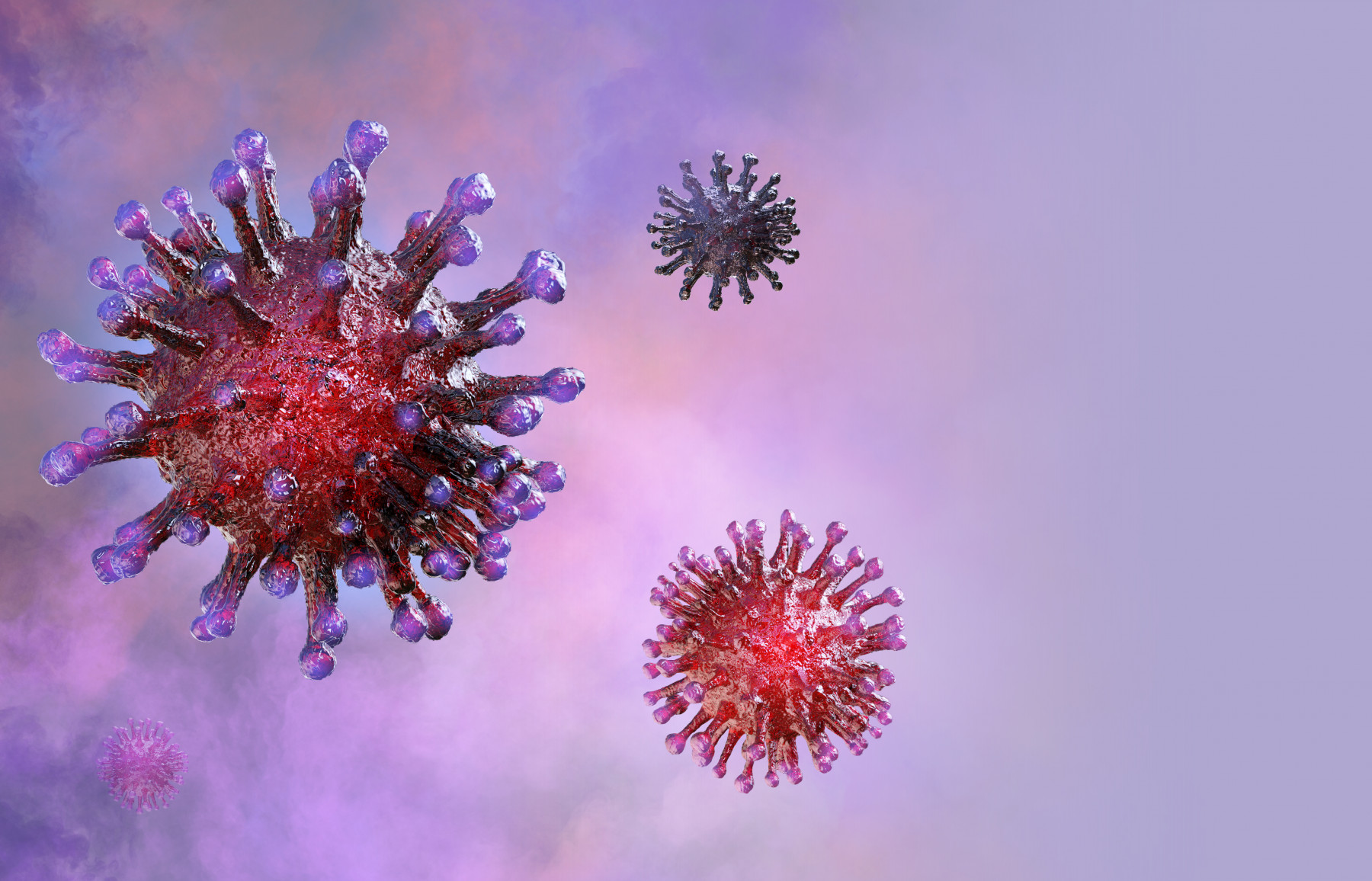COVID-19 May Trigger CAD in Children

Corona Borealis Studio/Shutterstock
SARS-CoV-2, the virus that causes COVID-19, may trigger cold agglutinin disease (CAD) in children, a case report suggests.
The report, “Autoimmune hemolytic anemia in children with COVID-19,” was published in the journal Pediatric Blood & Cancer.
Autoimmune hemolytic anemia (AIHA), an autoimmune disease characterized by the production of autoantibodies that target and destroy red blood cells, includes two variants: CAD, and warm antibody autoimmune hemolytic anemia (warm AIHA). In CAD, autoantibodies bind more easily to red blood cells at lower temperatures, while in warm AIHA they do so at higher temperatures.
This condition is rare in children, and it usually is linked to viral or bacterial infections. Yet, it is more frequent in children with immune system dysregulations.
COVID-19 in children is known to have a wide spectrum of symptoms, including blood-related effects. Anemia (low red blood cell counts) and thrombocytopenia (low platelet counts) can occur in severe cases, but are uncommon in asymptomatic patients or in those with mild disease.
In this report, a group of Italian researchers described two cases of severe CAD found in children who were diagnosed with COVID-19.
In the first case, a 15-year-old boy came to the hospital with nausea, vomiting, and general weakness. He had fever, a fast heartbeat (tachycardia), and rapid breathing (tachypnea). Physical examination revealed he had an enlarged liver and spleen.
A swab test confirmed he was positive for severe acute respiratory syndrome coronavirus 2 (SARS-CoV2), the viral agent that causes COVID-19.
Further lab tests showed he had severe hemolytic anemia, high levels of cold agglutinins (the autoantibodies found in people with CAD), low platelet counts, and anti-platelet antibodies.
A blood smear analysis also revealed his red blood cells were unequal in size, a condition known as anisocytosis that is triggered by anemia, and tended to form aggregates.
The patient was diagnosed with Evans syndrome, a condition that resembles a combination of AIHA with thrombocytopenia, and neutropenia (too few neutrophils, a type of immune cell).
He received a transfusion of red blood concentrates and intravenous (into-the-vein) corticosteroids (prednisone at a dose of 2 mg/kg). Treatment, however, led to only a partial response.
By day seven, he was treated with intravenous immunoglobulins (IVIG), which led to a progressive increase in hemoglobin levels. Hemoglobin is the protein in red blood cells responsible for oxygen transport.
Prednisone was tapered gradually after day 13 and withdrawn completely by day 32. He was discharged after 16 days.
The second case was a 2-year-old boy diagnosed previously with beta thalassemia, a blood disorder characterized by low levels of functional hemoglobin. He had received an allogeneic hematopoietic stem cell transplant — a procedure in which blood cell precursors harvested from a healthy donor are inserted into a patient — when he was 16 months old, from an unrelated donor.
However, he developed graft-versus-host disease (GVHD), a condition that happens when immune cells from the donor, transplanted together with stem cells, view the patient’s body as foreign and attack it. GVHD was sensitive to treatment with steroids.
Six months after the transplant, he developed fever, anorexia and weakness. A swab test confirmed he was positive for SARS-CoV-2.
Blood tests revealed he had severe hemolytic anemia and cold agglutinins. He also had severe anisocytosis and red blood cell aggregates. Treatment included prednisone and transfusion with red blood concentrates.
Hemoglobin levels slowly increased and transfusions were stopped within 23 days. Prednisone was reduced at day 34 and ceased at day 42. He continued testing positive for SAR-CoV-2 until day 35.
The link between COVID-19 infection and the reduction of blood cells numbers remains unclear. But this case-report suggests that SARS-CoV-2 can act as a trigger for AIHA.
“Similar to other viral infections, SARS-CoV-2 can act as a trigger and has to be considered during pandemic among the viral causes of new-onset AIHA. In a pediatric setting, clinical management can be challenging, particularly in patients with an innate or acquired disorder of immune regulation,” the investigators concluded.




